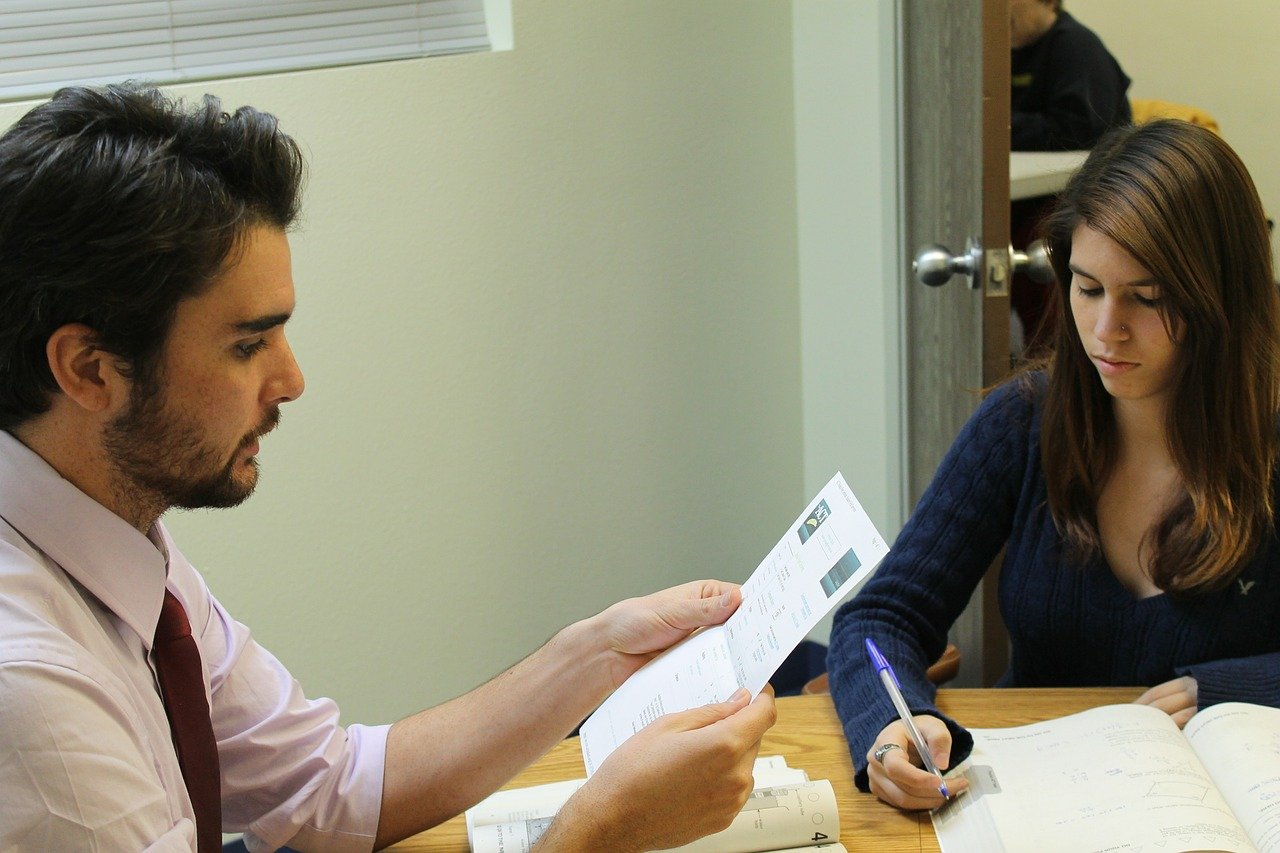Introduction
The driving theory test is a significant step on the path to becoming a licensed driver. In the United Kingdom, this test evaluates your knowledge of road signs, traffic rules, and hazard perception. It consists of two primary sections: multiple-choice questions and the hazard perception test. Each section requires different sets of skills and knowledge. To excel in both sections, mock tests tailored to each aspect play a pivotal role. In this comprehensive guide, we will explore the role of mock tests in preparing for different driving theory test sections and how they contribute to your overall success.
Section 1: The Structure of the Driving Theory Test
Before we dive into the specifics of mock tests, let’s first understand the structure of the driving theory test, including its two distinct sections.
1.1 Multiple-Choice Questions
The multiple-choice questions section evaluates your knowledge of traffic rules, road signs, and general driving knowledge. You are presented with a set of questions and multiple answer options. Your task is to select the correct answer(s) for each question.
1.2 Hazard Perception Test
The hazard perception test assesses your ability to identify potential hazards on the road. It involves watching a series of video clips and clicking a mouse button when you perceive a developing hazard. The faster you click, the higher your score, reflecting your ability to anticipate dangers.
Section 2: The Importance of Mock Tests
Understanding the structure of the theory test, let’s explore why mock tests are essential for your preparation.
2.1 Realistic Simulation
Mock tests provide a realistic simulation of the official theory test. These practice exams replicate the format, timing, and scoring system of the real test. This realistic experience helps you become familiar with the structure and demands of the official examination.
2.2 Repetitive Practice
Effective preparation involves repetitive practice. Mock tests offer the opportunity for repeated practice, enabling you to sharpen your skills through consistent exposure to various scenarios and questions.
2.3 Self-Assessment
Mock tests allow you to assess your performance. After completing a practice exam, you can review your answers and analyze your performance. This self-assessment is crucial for identifying areas that require improvement.
2.4 Confidence Building
As you consistently improve your scores in mock tests, your confidence in your ability to pass the real driving theory test practice grows. This enhanced confidence is essential for test success and contributes to overall driving knowledge and hazard perception.
Section 3: Preparing for the Multiple-Choice Questions
Let’s explore how mock tests assist in preparing for the multiple-choice questions section.
3.1 Early and Consistent Practice
Begin your preparation for the multiple-choice questions section well in advance of your theory test date. Consistency is key to effective learning. Allocate time for daily or weekly practice sessions that include mock tests.
3.2 Select Quality Mock Test Resources
Choose reputable and accurate sources for your mock multiple-choice tests. Official resources provided by the Driver and Vehicle Standards Agency (DVSA) in the UK and trusted online platforms are reliable options.
3.3 Simulate Test Conditions
When taking mock multiple-choice tests, recreate test conditions as closely as possible. Sit in a quiet space, set a timer to match the official test time limits, and eliminate distractions. This practice will help you adapt to the actual testing environment.
3.4 Review and Analyze
After completing a mock multiple-choice test, review your answers and analyze your performance. Pay attention to questions you answered incorrectly or areas where you struggled. This analysis guides your further study.
3.5 Focus on Weak Areas
Use the results of your mock multiple-choice tests to focus your study efforts on areas where you need improvement. Utilize relevant materials, such as the official DVSA theory test guide, to study these topics more comprehensively.
Section 4: Preparing for the Hazard Perception Test
Now, let’s explore the role of mock tests in preparing for the hazard perception test.
4.1 Early and Consistent Practice
Begin your preparation for the hazard perception test well in advance of your theory test date. Consistency in practice is equally important for hazard perception. Allocate time for regular practice sessions that include mock hazard perception tests.
4.2 Select Quality Mock Test Resources
Choose reputable and accurate sources for your mock hazard perception tests. Official resources and well-established online platforms are your best choices. These resources provide high-quality videos and questions that closely mimic the real test.
4.3 Simulate Test Conditions
When taking mock hazard perception tests, replicate test conditions as closely as possible. Use a computer mouse or touchpad to click when you spot a hazard, and pay attention to the timing and scoring system. This practice will help you adapt to the actual testing environment.
4.4 Review and Analyze
After completing a mock hazard perception test, review your performance. Pay attention to the scenarios where you missed clicking on a developing hazard. This analysis will help you identify areas for improvement.
4.5 Vary Scenarios
Use mock tests with a variety of scenarios, as real hazards can occur in different forms. Diverse scenarios help you develop a well-rounded hazard perception skill set.
Section 5: Additional Tips for Success
In addition to using mock tests effectively, consider these additional tips to further increase your chances of success in the driving theory test practice.
5.1 Seek Feedback
If possible, have a knowledgeable friend, family member, or instructor review your mock test results and provide feedback. They can offer insights into your performance and help you identify areas for improvement.
5.2 Stay Informed
Stay updated on changes to the theory test and any new road rules or signs introduced. The theory test evolves, and being aware of these changes is essential for accurate preparation.
5.3 Real-World Application
Apply your knowledge and skills gained from mock tests to real-world situations. Practice defensive driving and actively identify and respond to hazards on the road.
5.4 Manage Stress
Practice stress-reduction techniques to stay calm and focused on the day of the real test. Breathing exercises, mindfulness, and positive visualization can help you manage anxiety.
Conclusion
The driving theory test consists of multiple-choice questions and the hazard perception test, each requiring specific skills and knowledge. Mock tests tailored to these sections are invaluable tools for effective preparation. By consistently practicing with mock tests and applying the strategies and tips provided in this guide, you can significantly enhance your performance in both sections. Success in the theory test not only brings you closer to obtaining your driver’s license but also contributes to safe and responsible driving on the road. Mock tests bridge the gap between theory and practice, ensuring you are well-prepared to become a skilled and knowledgeable driver.







